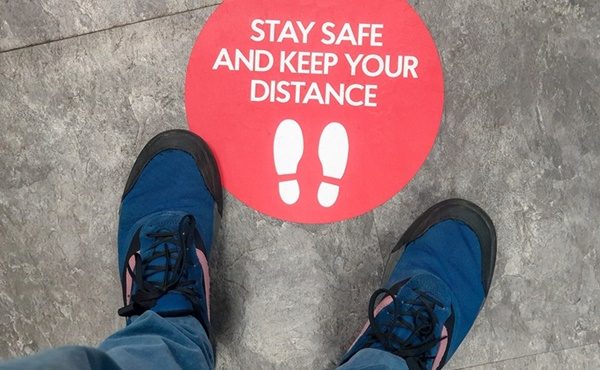The retail experience for shoppers and staff alike has changed, and things may never go back to how they were.
The crisis has forced retail businesses to adapt to restrictions at a frantic pace. New opening procedures, hygiene standards and perspex dividers at point of sale are just some of the challenges retailers face as they get back to business.
Regardless of category, the retailers who will shine post Covid are the ones best able to adapt responsively to product, workforce, partner and operations needs during and after the Covid-19 crisis.
The old monthly audit process will not be up to the task when risks evolve on a daily basis. A huge priority will be establishing an early warning system that provides real-time data and the transparency required for staff and shoppers to trust the new retail environment.
Importantly, the industry needs to work together to implement consistent safety standards and in order to survive and thrive into the future.
Here are SafetyCulture’s four top tips for retailers as we get back to business:
1 Make safety the number one priority
Hygiene, exposure and traceability concerns are part of the new retail environment. Consistently high standards in managing each of these elements will help customers re-establish a sense of security and trust. Retailers must ensure strict cleaning regimens are applied to all touchpoints on the consumer shopping journey and implement safety protocols for both employees and shoppers.
In: Social distancing in-store, no touch deliveries, contactless payments
Out: Public touch screens and keypads
2 Create an early warning system
Your frontline staff are your eyes and ears in the field. Empower them with digitised checklists and inspection processes that give you real-time insights and turn issues into actions while creating an audit trail to keep track of everything. With inspection data captured in real-time you can instantly identify missed inspections and failed items and rapidly remediate risks. Simple checklists can form the backbone of new processes and help you manage new compliance measures.
In: Simple safety checklists and daily inspections by frontline staff. Checklist and inspection tools like iAuditor can be used by anyone in your team in minutes, so you can get safely back to business quickly.
Out: Inefficient, paper-based monthly safety inspections. This approach will not keep your staff and customers safe.
3 Everyone is responsible
Retail is now a high risk industry, like mining and construction. For the first time retailers will need to follow strict standards that don’t necessarily come naturally to the industry. To achieve these standards everyone needs to take responsibility to create a genuine safety culture, where everyone from the frontline to senior management put the safety of their colleagues and customers first.
In: Safety as a cultural norm
Out: Top down compliance checks
4 Make safety your edge
Communication with your workforce and customers is going to be a huge part of your success in this new era of retail where safety will give you a competitive edge. For the first time in retail safety is now a value proposition that drives talent and customers. Retailers must promote their standards and work safety into their brand narratives. Customers and staff alike are looking for brands that are committed to safety and give them the confidence to get back to business.
In: Safety based messaging and advertising
Out: Normal operating procedures that will wash up on social media
Use checklists to cover areas including correct PPE (gloves and face masks), social distancing and hygiene processes, customer interaction and updates to pick-up or delivery processes.
The impact of the Covid-19 crisis on retail will continue to unfold over the coming months and even years. What is clear today, however, is that the retail experience will now adjust to a new normal where safety is a huge part of every retailer’s daily operations.
Now is the time to lead the industry with an innovative focus on safety so that you not only curb the spread of COVID-19, but also ensure that your business and your industry survive and thrive. Old risk management methods no longer apply―you need an early warning system where everyone is empowered to quickly catch and fix risks in the workplace.
By Alistair Venn, chief operating officer at SafetyCulture







